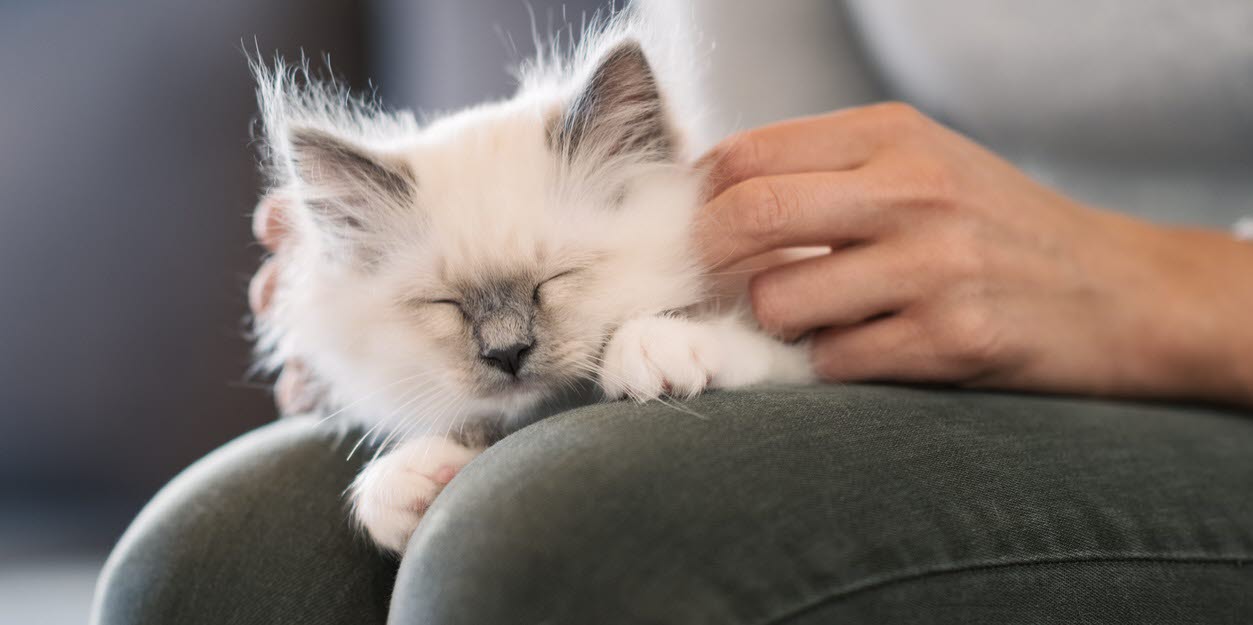
Advertorial: Hill's Pet Nutrition
Kittens grow fast, sometimes doubling in size in a matter of weeks. Feeding a high quality kitten food is a great step to giving them all the nutrients they need for the best start to life. Note that when it comes to selecting a food for a kitten, the nutrients in the food are more important than the ingredients.
Important Nutritional Factors
Energy - A kitten’s energy requirements can be up to 3 times that of an adult cat! Their small stomach size can make it difficult to consume enough calories to meet their high energy needs. That’s why the digestibility of the food is so important…
Digestibility - Highly digestible foods mean smaller amounts need to be fed. This results in the added bonus of less litter tray mess to clean up.
Protein - Because they are growing so fast, kittens have higher protein requirements than adult cats. Both the quality and quantity of protein in the diet is important. Cats must consume a source of animal protein in their diets to ensure they are obtaining the amino acids (building blocks) required for making the body’s proteins.
Calcium - Calcium is important for strong bones and teeth. Whilst a source of animal protein is important, feeding an all meat diet to a kitten can lead to calcium deficiency.
Fatty acids – DHA, an Omega 3 fatty acid found in oily fish helps support healthy brain and eye development.
Antioxidants - Antioxidants help to protect from against cellular damage and support the development of a healthy immune system.
The easiest way to ensure your kitten is getting the right nutrition is to feed a high quality commercially available kitten food. Hill’s Science Diet Kitten is a great choice as it contains all the nutrients that a growing kitten needs, in the right amounts.
Amount to feed
The food packaging will provide a guide on how much to feed. It is best to measure or weigh out the correct amount rather than just leaving food out all the time. Monitor your kitten’s body condition and make adjustments to the amount fed as necessary. A kitten with a healthy body weight should have an obvious waistline when viewed from above. You should be able to feel the ribs, but they should not be visible. Kittens should gain weight gradually (approx. 100 grams per week up until 5 months of age).
Frequency of feeding
Kittens younger than 6 months should be fed 3 to 4 times a day. If you are not able to do this, you can leave food out, but you need to be careful not to overfeed - obesity can occur even in kittens. The risk of obesity increases after neutering, as neutering will reduce the kitten’s energy requirements. Once a kitten is over 6 months, 2 meals a day should be sufficient. Like children, cats do well with a routine, so try and remember to feed your kitten at the same time each day.
What about milk and treats?
Once kittens have been weaned they lose the ability to digest milk and become lactose intolerant. Not only is milk unnecessary but it can also lead to diarrhoea in some kittens. Whilst most of us like to give treats, these should make up less than 10% of the kittens daily caloric intake. Avoid feeding table scraps and human food to your kitten. This can create a picky eater and only leads to bad habits by rewarding begging behaviour.
Transitioning to an adult cat food
Once the kitten is fully grown at 12 months of age you will need to transition to an adult cat food. Gradually transitioning a cat onto a new diet over a week can help increase acceptance of the new food as well as reduce the chance of a tummy upset. To introduce a new food, offer both the old and new foods in different bowls. Gradually reduce the amount of the old food and increase the amount of the new food until your cat is eating 100% of the new food.
A complete and balanced diet is essential for the continuing good health of your new kitten. Your vet is the best source of nutritional advice throughout your pet’s life, so make sure you have your kitten checked regularly by a veterinarian, and ask for their dietary recommendation.
By Dr Annabel Robertson BVSc (Hons) MANZCVSc MBA
Hills Veterinarian

